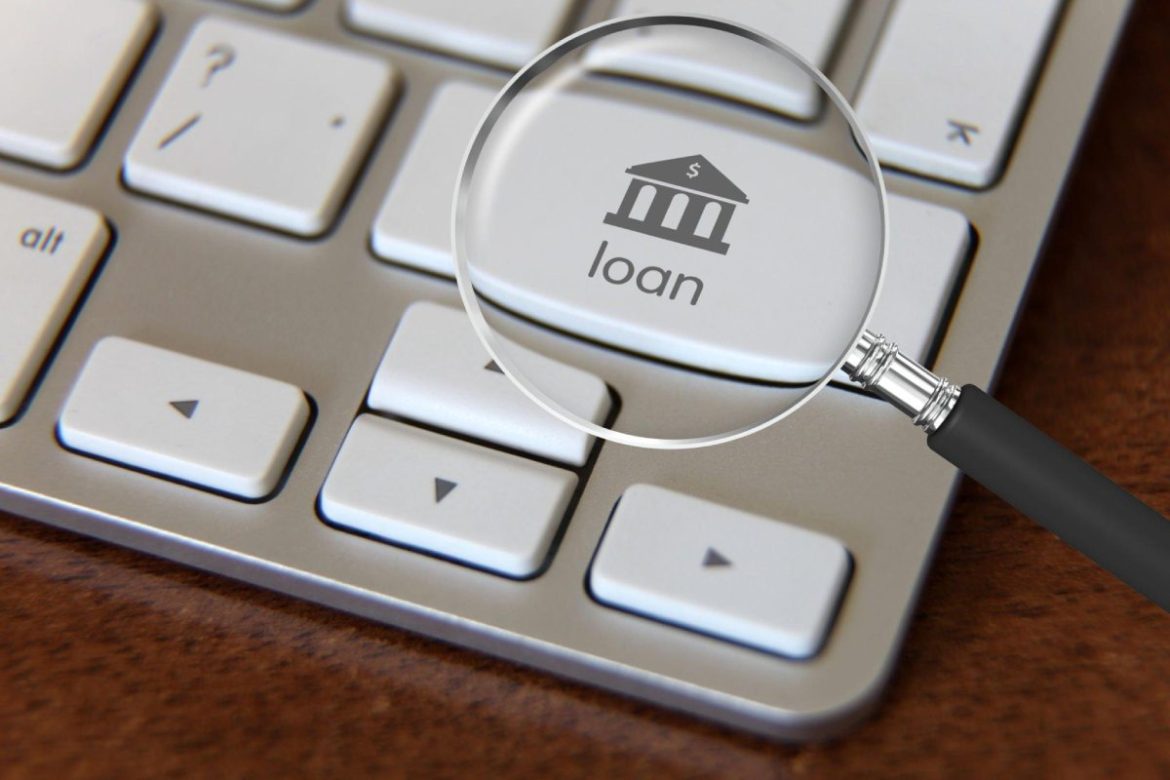No Income Loans: A Comprehensive Guide for Borrowers – In today’s economy, many people may find themselves without a steady income due to a job loss, reduced work hours, or other circumstances. This is where no income verification personal loans can be a helpful option for those needing financial assistance, especially in today’s economy, where many people may find themselves without a steady income due to a job loss, reduced work hours, or other circumstances. In this comprehensive guide, they will discuss everything you need to know about no-income loans.
Table of Contents
What are No Income Loans?
No-income loans are personal loans that do not require borrowers to have a steady income source. Instead of relying on income verification, lenders may consider other factors such as credit score, employment history, and assets to determine the borrower’s loan repayment ability.
Lantern by SoFi professionals say, “Some lenders provide no-income verified assets (NIVA) loans”.
Types of No-Income Loans
There are several types of no-income loans available, including:
- Secured Loans: These loans require collateral, such as a car or a house, to secure the loan. If the borrower cannot repay the loan, the lender may seize the collateral to recover their losses.
- Unsecured Loans: Unsecured loans don’t require collateral but may have higher interest rates and stricter eligibility requirements.
- Co-signed Loans: Co-signed loans require a co-signer with a steady income source to guarantee loan repayment. If the borrower cannot repay the loan, the co-signer will be responsible for repaying the loan.
- Payday Loans: Such loans are short-term loans that require repayment on the borrower’s next payday. They often have high-interest rates and fees, making them a costly option for borrowers.
Pros and Cons of No Income Loans
No-income loans can be a helpful option for borrowers needing financial assistance, but they also have drawbacks. Here are some of the pros and cons of no-income loans:
Pros:
- Income verification personal loans can only provide financial assistance to those who have a steady income source.
- They may have lower eligibility requirements compared to traditional loans.
- No-income loans can help borrowers build or improve their credit score.
Cons:
- No-income loans may have higher interest rates and fees compared to traditional loans.
- Borrowers may have limited options for loan amounts and repayment terms.
- No-income loans can be risky for both the borrower and the lender, as the borrower may not have the means to repay the loan.
How to Qualify for No-Income Loans
Qualifying for no-income loans can be challenging, but borrowers must meet some eligibility requirements. These requirements may vary depending on the lender and the type of loan, but here are some common factors that lenders may consider:
- Credit Score: Lenders may require a minimum credit score for borrowers to qualify for a no-income loan.
- Employment History: Borrowers may need a stable employment history or a history of self-employment.
- Assets: Lenders may consider the borrower’s assets, such as real estate or investments, to determine their ability to repay the loan.
- Co-signer: Some lenders may require a co-signer with a steady income source to guarantee the loan repayment.
Before applying for a no-income loan, borrowers should carefully consider their financial situation and explore all available options. So, it is important to choose a reputable lender and read the loan terms and conditions carefully. No-income loans can be a valuable resource for those in need, but borrowers must proceed cautiously and make informed decisions.


